Introduction
We ever wondered how famous people sleep to achieve all the astounding success in their lifetime. Apparently, we already know that polyphasic sleeping has had a long journey throughout the length of history. However, the most common sleep patterns are still segmented and biphasic sleeping.
Regardless, this post will enumerate some of the most famous polyphasic sleepers. Not everyone is in the list, still. Only certain sleepers that have qualified with at least 2 consistent sources. In addition, sufficiently consistent information among different sources and extra verification from said sleepers’ family members, colleagues, etc. is in the collection if possible.
Also note that the displayed sleep schedules are purely illustrations, not exact by the minutes.
LEONARDO DA VINCI – Uberman
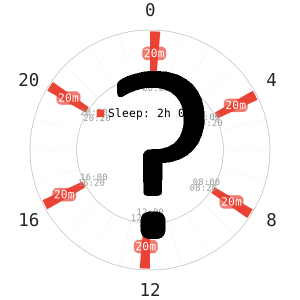
There has been a lot of anecdotal evidence that Da Vinci followed a Uberman-like schedule, where he allegedly slept 15 minutes every 4 hours staying awake. Up to date, however, there is no confirmation from any credible source. Without any direct claims that Da Vinci followed that sleep schedule, it is impossible to know how he slept. Furthermore, the myth that Da Vinci was able to strictly follow the Uberman-like schedule seems almost very compelling. This is because of his extreme dedication to working and creating many inventions. All of these would definitely require a lot of time to furnish.
While it is a debatable subject, Dr. Claudio Stampi, the polyphasic sleep researcher who originally postulated the claim that Da Vinci followed the Uberman schedule, has conducted experiments with the ultra-short sleep schedules that resemble Uberman. There were very few volunteers; however, one did report to be alert and not suffer from cognitive deficits.
The experiment duration was only within a couple weeks, with the longest being 48 days6. Therefore, it is insufficient to draw any conclusions whether long-term Uberman would be a sustainable and healthy sleep pattern.
Other Notes
Throughout his book “Why We Nap”, Stampi suggests that an ultra-short schedule like Uberman is possible at least for a short period of time. Yet, he never directly concluded that Da Vinci actually followed this sleep pattern for his entire life6. In fact, Stampi’s source for the claim that Da Vinci followed the Uberman schedule, Giancarlo Sbragia, had this to say about how they came across the information themselves:
Claudio Stampi asked me how I found out about the sleep-reduction method developed by Leonardo da Vinci. […] I cannot recall exactly where or from whom I gathered information about Leonardo’s sleep habits. At that time I had a friend who was a medium and capable of extrasensory perception. She helped me with this experiment.
It was probably from her that I learned about the peculiar Leonardo sleep-wake pattern, even though today, 30 years later, I am not completely sure.
(Giancarlo Sbragia, Why we nap, page 180).
CRISTIANO RONALDO – 5 Sleeps Per Day (Non-reducing polyphasic sleep)
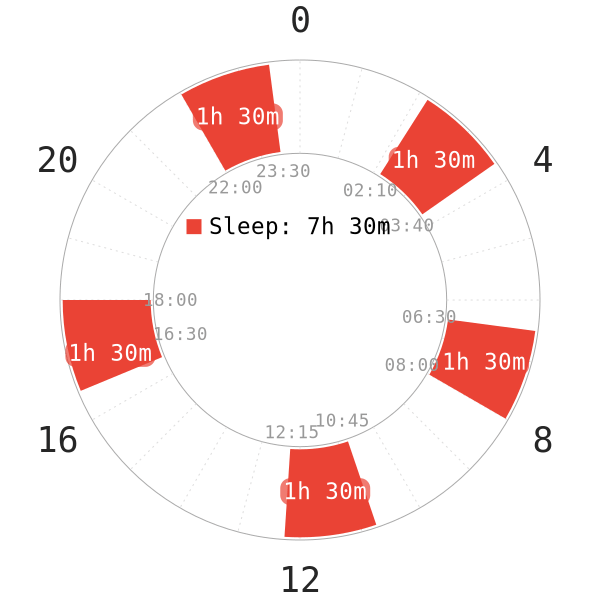
Ronaldo, a world-wide famous football star, allegedly divides the main monophasic core sleep into 5 different 90m cores each day. Surprisingly, he has persisted for years and still remains in top shape2. Given the flexible timetables, Ronaldo is very likely to be able to move his sleeps around to accommodate for his sleep regime and stays adapted for years. There can be with slip-ups, such as sleeping for more than 1 cycle in a row and able to maintain its proposed structure when time allows.
However, there has been no information regarding his “adaptation phase”.
- Whether he is able to maintain this sleep pattern on a daily basis is also questionable.
- Whether he becomes naturally polyphasic after certain exposure to the schedule along with an intense training regime and a diet of multiple meals per day also has no explanation.
- It is difficult for a pro athlete to maintain a sleep schedule by the minute on a daily basis; thus, adaptation to these schedules might or might not require strict adherence by the minute for all sleeps like on other sleep-reducing counterparts.
ROGER FEDERER – Siesta-extended (Non-reducing polyphasic sleep)
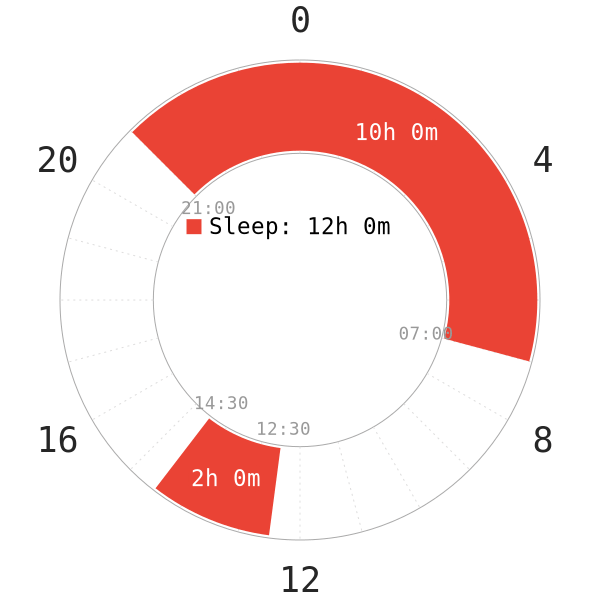
Roger Federer, a legendary tennis star, claimed in an interview that he sleeps around 12h each day. This consists of 10h at night and a 2h siesta3. It is very reasonable that he needs a lot of sleep for extra muscle recovery from wear and tear on a professional sport level.
And to optimize performance, it is understandable how and why athletes need higher sleep total than a normal human. Heavy physical exercises increase SWS need. However, it is also possible that Federer’s sleep need was already higher than that of an average human before he became a pro tennis player.
WINSTON CHURCHILL – Siesta (Non-reducing polyphasic sleep)
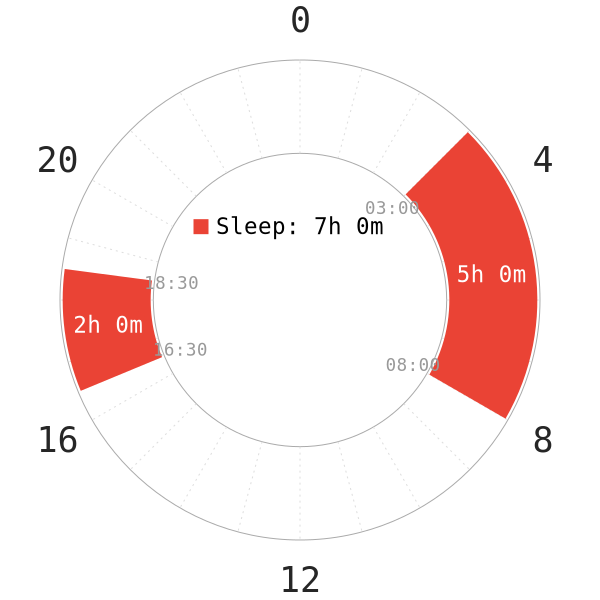
Churchill had a stable habit of napping late in the day and stayed up late into the night to work. He remarked that his nap felt like he was having an extra day1.
KOBE BRYANT – Segmented-shortened
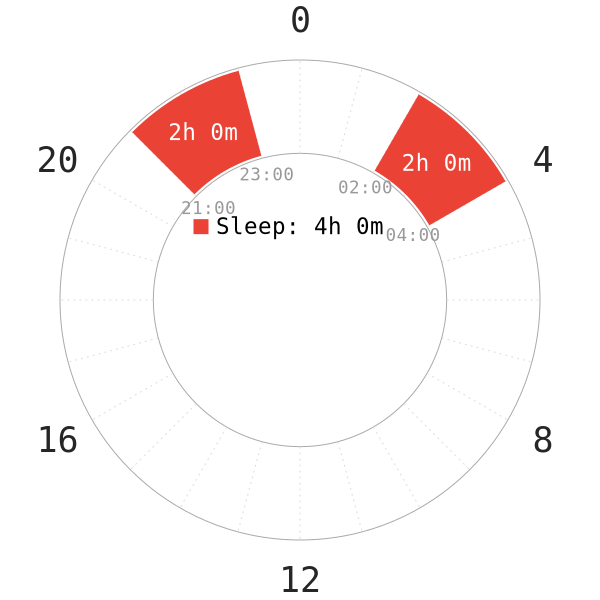
Kobe Bryant reportedly had 2 different sleep sessions each day. It is also very possible that his sleep need was much lower than that of an average human to thrive on only 4 hours of sleep.
Considering that he was a professional basketball player with an intense training regime, Bryant possibly possessed a genetic mutation. This gift allowed him to sleep a lot less than average and still keep up with his training without any long-term exhaustion4.
BUCKMINSTER FULLER – Dymaxion
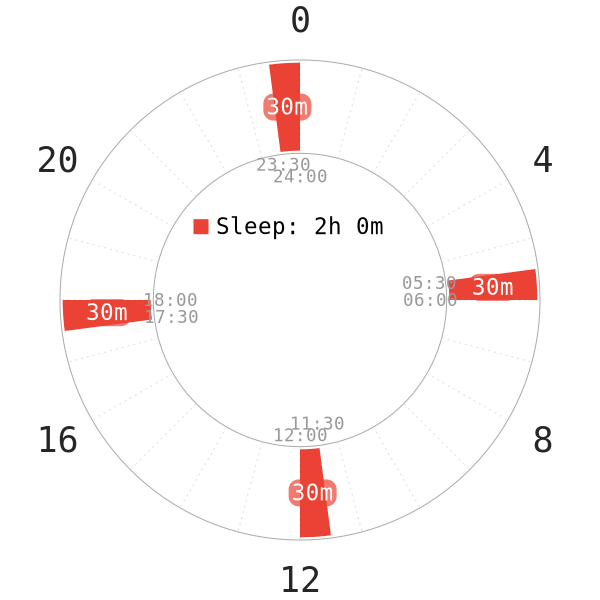
As a creator of Dymaxion sleep, Buckminster Fuller, an American architect and inventor in the 20th century, was able to stay on the schedule for about 2 years5. He noted increased alertness, energy and focus from a lot more extra waking hours.
However, it is very likely that he is a very short sleeper with a genetic mutation to pull off such a difficult nap-only schedule.
Main Author: GeneralNguyen
Page last updated: 9 April 2021
Reference
- Brett & Kate McKay. “Famous Nappers: 8 Men Who Napped.” The Art of Manliness, 15 Mar. 2011,artofmanliness.com/articles/the-napping-habits-of-8-famous-men/. Accessed 14 Feb. 2020. (Winston Churchill)
- “Sleep Guru Reveals Cristiano Ronaldo Has Five 90-Minute Naps BEFORE Bed.” The US Sun, 10 Jan. 2020, the-sun.com/sport/premier-league/237487/cristiano-ronaldo-sleeps-five-times-a-day-before-bed-and-snoozes-in-foetal-position-reveals-superstars-sleep-guru/. Accessed 14 Feb. 2020.
- “Roger Federer Sleeps 12 Hours a Day, Says Neuroscientist.” Tennis World USA, tennisworldusa.org/tennis/news/Roger_Federer/73246/roger-federer-sleeps-12-hours-a-day-says-neuroscientist/. Accessed 14 Feb. 2020.
- Ago, Steembasketballin Sports • 2 Years. “Kobe Bryant’s Unusual Sleep Habits and Legendary Work Ethic.” Steemit, 5 Feb. 2018, com/sports/@steembasketball/kobe-bryant-s-unusual-sleep-habits-and-legendary-work-ethic. Accessed 14 Feb. 2020.
- Biology, in, et al. “Buckminster Fuller’s Dymaxion Sleep Plan: He Slept Two Hours a Day for Two Years & Felt ‘Vigorous’ and ‘Alert.’” Open Culture, openculture.com/2017/03/buckminster-fullers-dymaxion-sleep-plan.html. Accessed 14 Feb. 2020.
- Stampi, Claudio. Why We Nap : Evolution, Chronobiology, and Functions of Polyphasic and Ultrashort Sleep. Birkhauser, 2014.


I tried polyphasic sleeping last year out of curiousity.I am on everyman 3 for over a year now and polyphasic sleeping has truly transformed my life.
Now I have a lot of free time to pursue my hobbies and i feel much better now,both physically and mentally than when I used to sleep 8 hours in a single sleep block.My grades also went up after I started sleeping polyphasically.